For an upcycling project, I decided to go with a Japanese Wabi-Sabi Aesthetic by using the Shou Sugi Ban wood-burning technique. Wabi-Sabi is the Japanese art of impermanence. “Wabi,” meaning less is more, and “Sabi” meaning attentive melancholy, describes an emphasis on nature and the awareness of pleasure in things that are not permanent. In other words, it is the embrace of imperfections and the natural tendencies that things have.
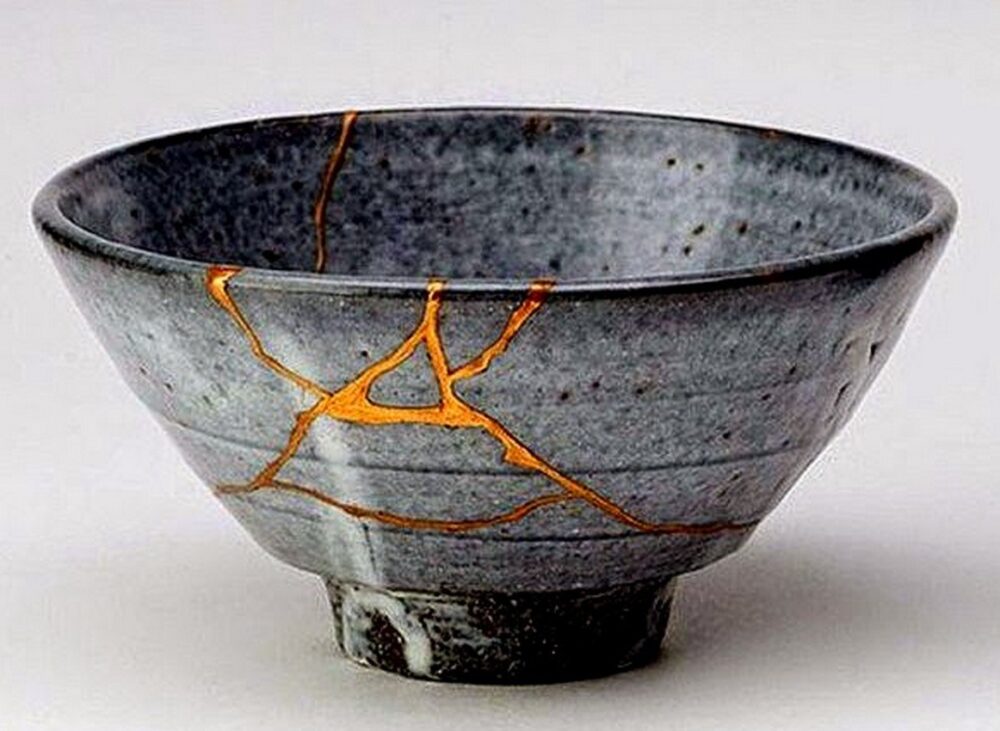
Additionally, I have been drawn to the Shou Sugi Ban technique which is an ancient Japanese exterior siding technique that aids to preserve wood by burning it. The process involves charring wood, cooling it, cleaning it, and finishing it with paint or oil. This style, though ancient, has been used in modern architecture and can be interpreted as a more chic style. Because of its versatile nature, I have decided to incorporate it into this project to add a bit more uniqueness to the wood that I am going to use.
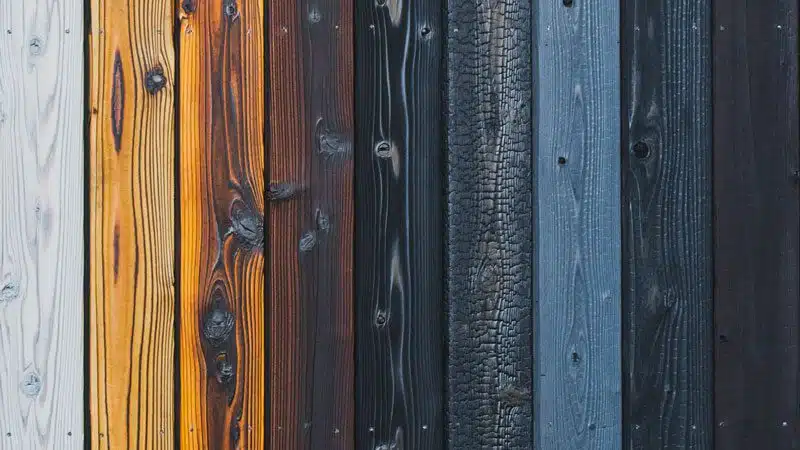
For the project materials, I plan to use some wooden bed slats from a bed frame that has since broken. This gives me a liberal amount of wood material to use allowing me to design a variety of things. Specifically, I have 13 pieces of wood that are around 61″ x 2″ x .25.” In deciding what to make for this project, I have made many preliminary sketches for the many possible ways I could use this wood. Being that the aesthetic can be apparent by using the burnt wood itself, I decided to sketch up a hanging wall shelf, a poster frame, and different designs for a coffee table.
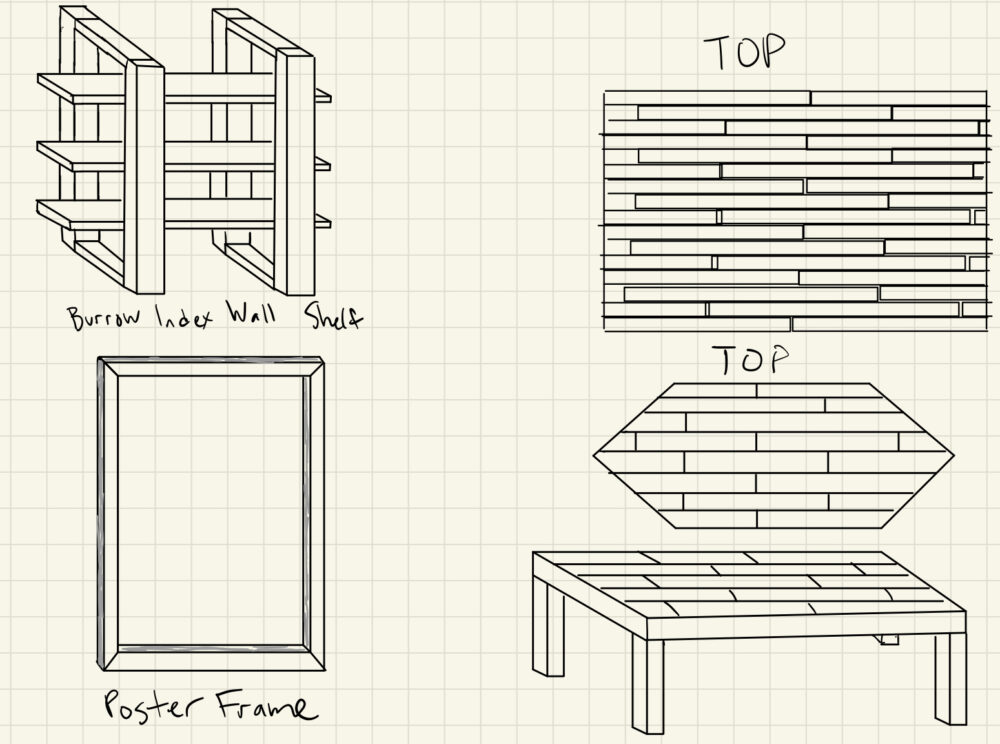
Given the scope of this project and the need for an emphasis on an aesthetic that does not necessarily have to be a functioning piece, I decided ultimately to create a piece of wall decor using these wooden slats that are going to be styled with Shou Sugi Ban. My main goal is to create a sort of graphic image that incorporates itself into the Wabi-Sabi aesthetic that is further emphasized by Shou Sugi Ban. In thinking about what graphic I could use I first thought of a yin-yang graphic, which sort of aligns itself with the Wabi-Sabi philosophy. But since this style I am going for has a lot to do with fire, I have decided to move forward with a fire/flame graphic that has the Japanese kanji “火” embedded in it. I have yet to decide if I am going to cut out this flame shape from the wood, or if I am going to burn in the design completely using a stencil.

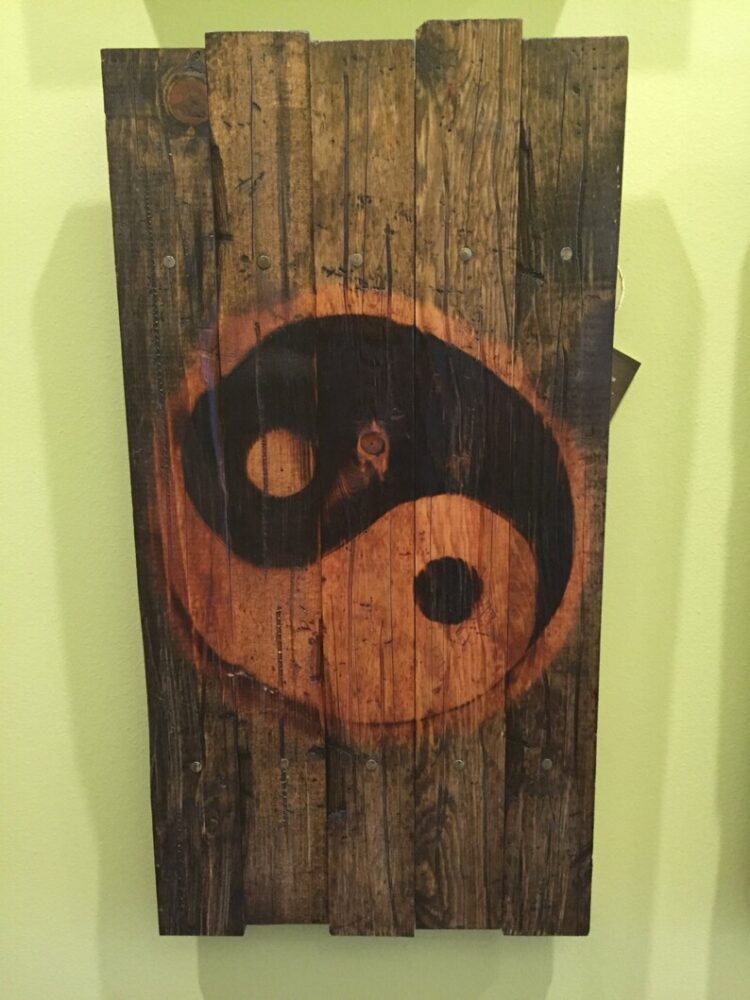
Sources:
(1)/(2) Kristine Bonnici, https://kristinebonnici.com/design/embracing-imperfection-art-wabi-sabi/
(3) Penny Nakamura/Nakamoto Forestry, https://bendmagazine.com/shou-sugi-ban/
(4) Lamar Murray, https://90dayjapanese.com/fire-in-japanese/
(5) WoodBeStudio, https://www.etsy.com/listing/472322279/torched-yin-yang

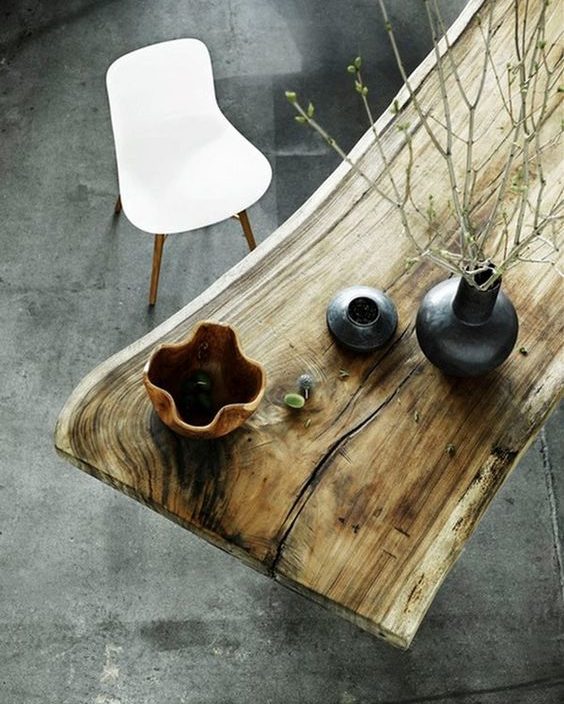
1 Comment. Leave new
Hi Garrett,
I found your post interesting because I am also pursuing a Japanese aesthetic. One Idea I have that you may be interested in is a Shou Sugi Ban drink tray. As it happens I have a set that I brought back from Japan. Interestingly the ones I have combine the Shou Sugi Ban aesthetic with Japanese minimalism to create a super simple but undeniably Japanese object. I can send you a picture if you like. Anyway, I’m looking forward to seeing your finished product!